Understanding the Critical Phase of Transition
Transitioning from childhood to adulthood is a pivotal stage for individuals with advanced autism. This period involves navigating complex systems, developing independence, and securing a fulfilling place in society. Given the unique challenges faced by autistic individuals, early and tailored interventions are essential to promote success. This article explores evidence-based approaches, systemic supports, and resources aimed at supporting children with advanced autism through this crucial transition.
The Role of Early and Systematic Transition Planning
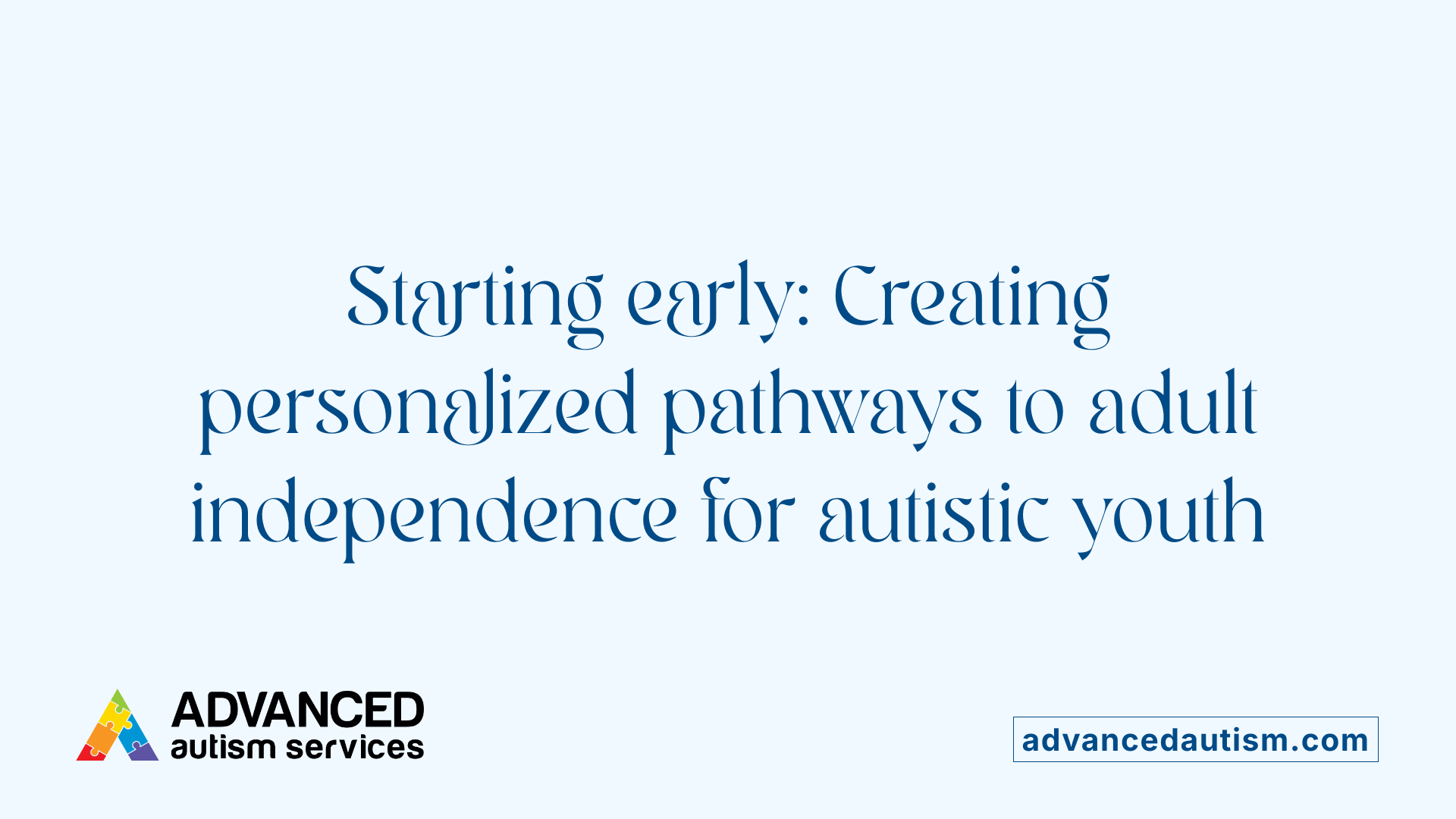
Why is early planning important for the transition to adulthood for autistic individuals?
Starting transition planning early, ideally between ages 12 and 14, is vital because it sets the foundation for a successful shift from school to adult life. At this stage, families, educators, and healthcare providers can collaboratively assess the young person's current skills, strengths, and areas needing support. This early involvement ensures that all necessary services—such as education, health, employment, and community participation—are prepared and accessible when needed.
Early planning allows for the development of a personalized pathway that addresses the unique needs of each individual. It also creates opportunities for young adults to gradually build independence, learn crucial life skills, and explore interests. This proactive approach helps prevent last-minute challenges and reduces service gaps, increasing chances for positive outcomes.
Involving families and professionals early fosters better communication, advocacy, and coordination. It can also include specialized support, such as transition coordinators, who help navigate complex systems and advocate for individual needs. Overall, early and organized transition planning enhances social, educational, and vocational success, paving the way for greater independence and a higher quality of life for autistic youth.
Developing Core Skills for Transition Success
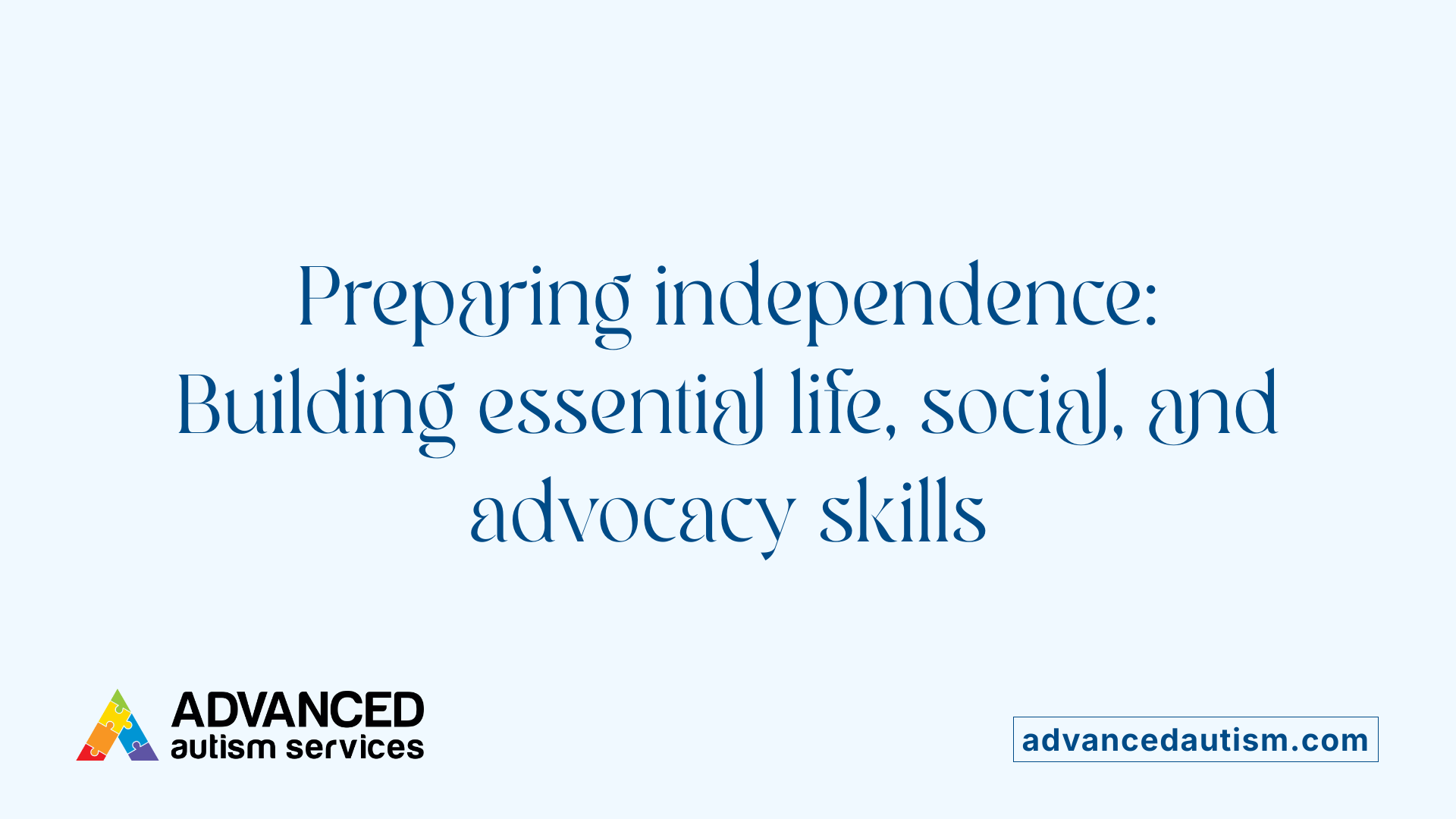
How can caregivers prepare autistic children for transitioning into adulthood?
Caregivers play a crucial role in setting the foundation for a successful move into adult life. Preparation should begin early, ideally before the age of 14, with a focus on building essential skills and planning ahead.
Starting with comprehensive transition planning, caregivers should work closely with educators and healthcare providers to craft individualized education programs (IEPs) that include specific goals related to employment, higher education, and independent living. Regular updates and progress reviews are vital to ensure plans stay relevant to the child's evolving needs.
A key aspect of preparation involves teaching daily living skills such as hygiene, food management, transportation, and money management to foster independence. Additionally, social skills and self-advocacy—learning how to express preferences and make choices—are foundational for social integration and self-determination.
Utilizing visual supports, social stories, and practice visits can make transitions smoother by providing structure and familiarity. These tools help autistic children understand upcoming changes, reduce anxiety, and develop coping mechanisms.
Encouraging exercise of choice-making opportunities, both in daily routines and broader decision-making, empowers young people with autism to become self-determined and confident in managing their own lives.
Families should also explore community-based resources and legal protections, such as the Americans with Disabilities Act (ADA) and the Individuals with Disabilities Education Act (IDEA). Collaborating with community agencies and using available toolkits—like the Transition Tool Kit and community skills assessments—can support skill development and resource access.
Overall, early, personalized, and collaborative planning fosters independence, builds confidence, and helps autistic youth participate meaningfully in adult society.
Supporting Transition in Healthcare and Medical Systems
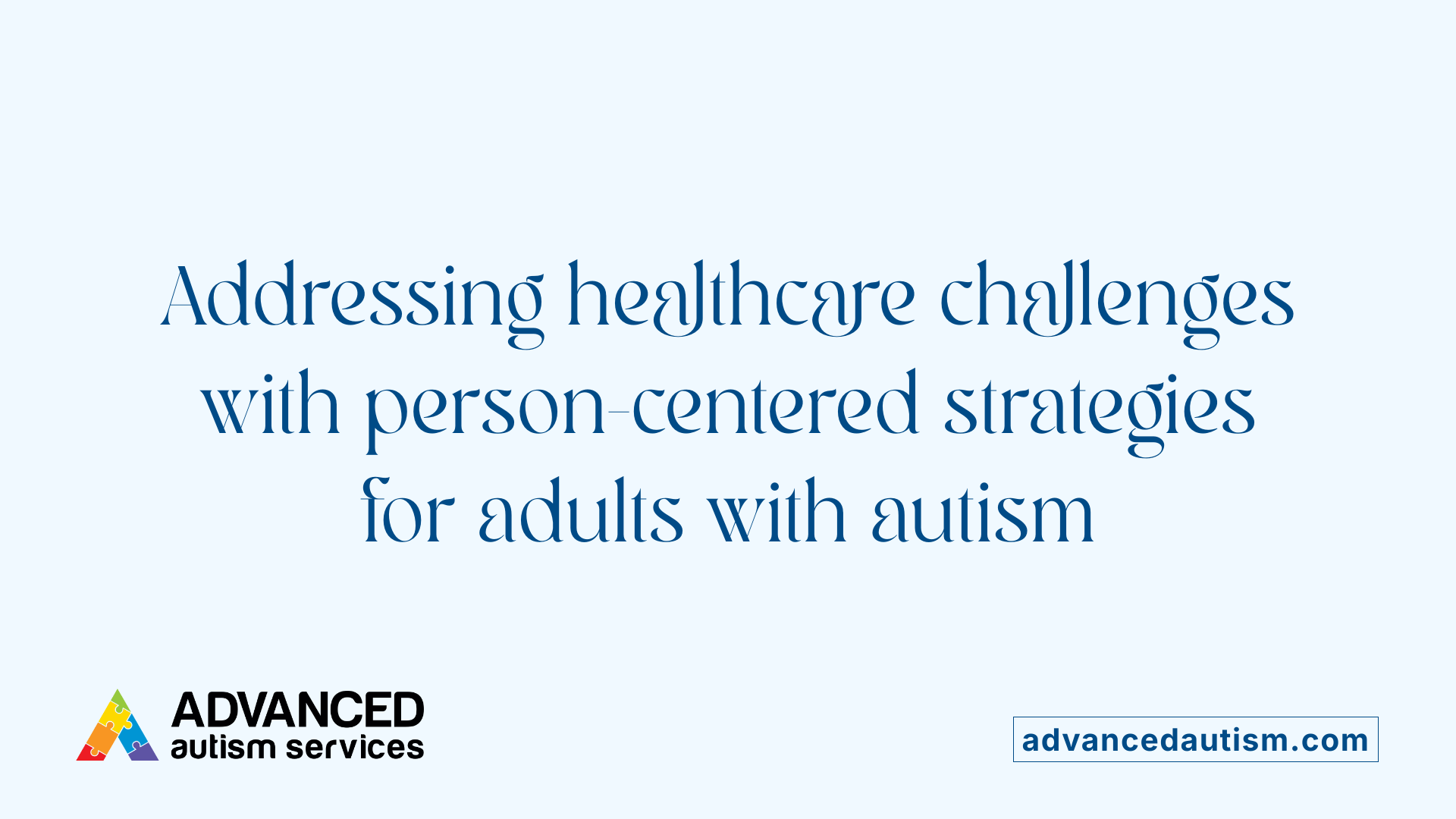
What challenges do adults with autism face during the transition to independence?
Adults with autism encounter several hurdles when moving from pediatric to adult healthcare services. One of the main issues is that the transition often occurs automatically at age 18, without sufficient assessment of readiness, which can lead to feelings of abruptness and disconnection.
Many young adults with autism report uncertainty about what to expect in adult care settings. Healthcare providers may lack standardized tools to evaluate transition readiness and often have limited time to conduct proactive planning. As a result, discussions about health—especially areas beyond physical well-being, such as mental health, sexual health, and social relationships—are often delayed or overlooked.
Furthermore, this process is frequently passive, with little active engagement or preparation from healthcare teams. Many autistic youth experience episodic, crisis-driven care instead of comprehensive, continuous health management. This sporadic approach increases health risks and hampers long-term well-being.
Caregivers also face stress as they shift from managing their child’s health to supporting independence. They might struggle with relinquishing control or lack guidance on how to facilitate their child's healthcare independence. Moreover, disparities exist due to geographic and socioeconomic differences, making some groups more vulnerable to poor transition outcomes.
Addressing these challenges requires early, person-centered planning, structured transition protocols, and autism-specific training for healthcare providers. Incorporating tools like transition coordinators and assessment instruments can help tailor support, ensure all aspects of health are covered—including sensitive topics like sexual health—and foster smoother, more effective healthcare transitions.
Healthcare Transition Strategies and Best Practices
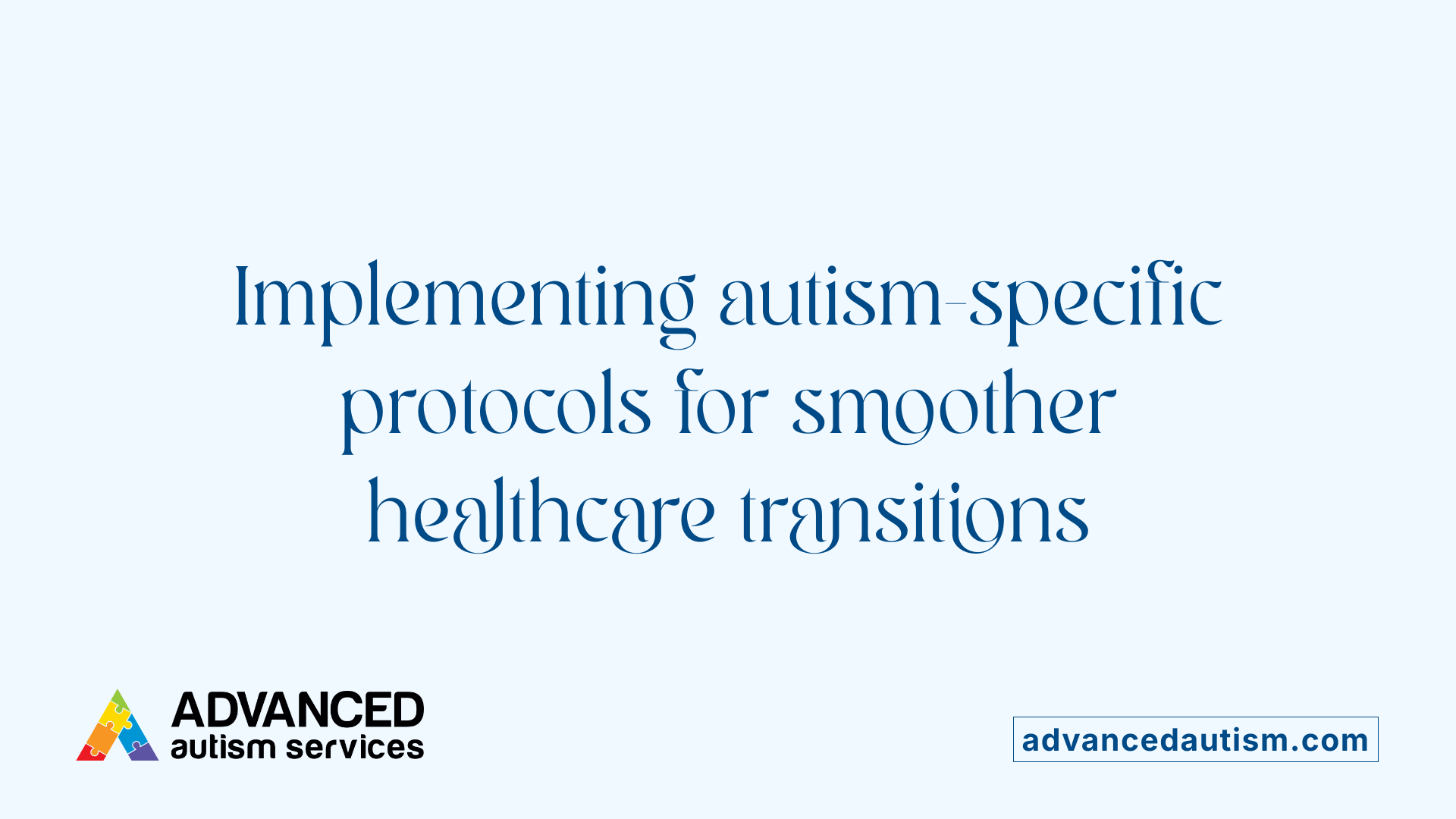
What are effective strategies for supporting autistic individuals during their transition to adulthood?
Supporting autistic individuals through their transition to adulthood involves a combination of early planning, personalized support, and systemic coordination. Initiating discussions about transition topics before age 14 allows families and professionals to prepare adequately for the upcoming changes in healthcare, independence, and community participation.
A successful approach incorporates autism-specific assessment tools and transition coordinators. These resources help healthcare providers gauge readiness, identify individual needs, and plan targeted interventions. Transition coordinators serve as central points of contact, guiding young adults and families through complex service landscapes, ensuring continuity of care, and facilitating connections to education, employment, and community resources.
Training healthcare providers in autism awareness and communication strategies is also vital. This education enables providers to understand behavioral cues, support preferences, and health concerns unique to autistic individuals, which enhances engagement and trust during medical visits.
Involving youth actively in the decision-making process promotes self-determination. Encouraging them to express preferences about their healthcare, living arrangements, and social activities fosters independence and confidence. Peer mentors and community-based supports can further reinforce these skills, providing relatable guidance and encouragement.
Continuous evaluation of these strategies through research helps refine programs to better meet diverse needs. Addressing disparities, adapting to cultural differences, and ensuring inclusive practices are essential for equitable outcomes. Overall, a comprehensive, person-centered approach that begins early, involves multiple stakeholders, and emphasizes practical skill-building forms the foundation for a successful transition to adult life for autistic individuals.
Barriers, Disparities, and the Need for Systemic Reform
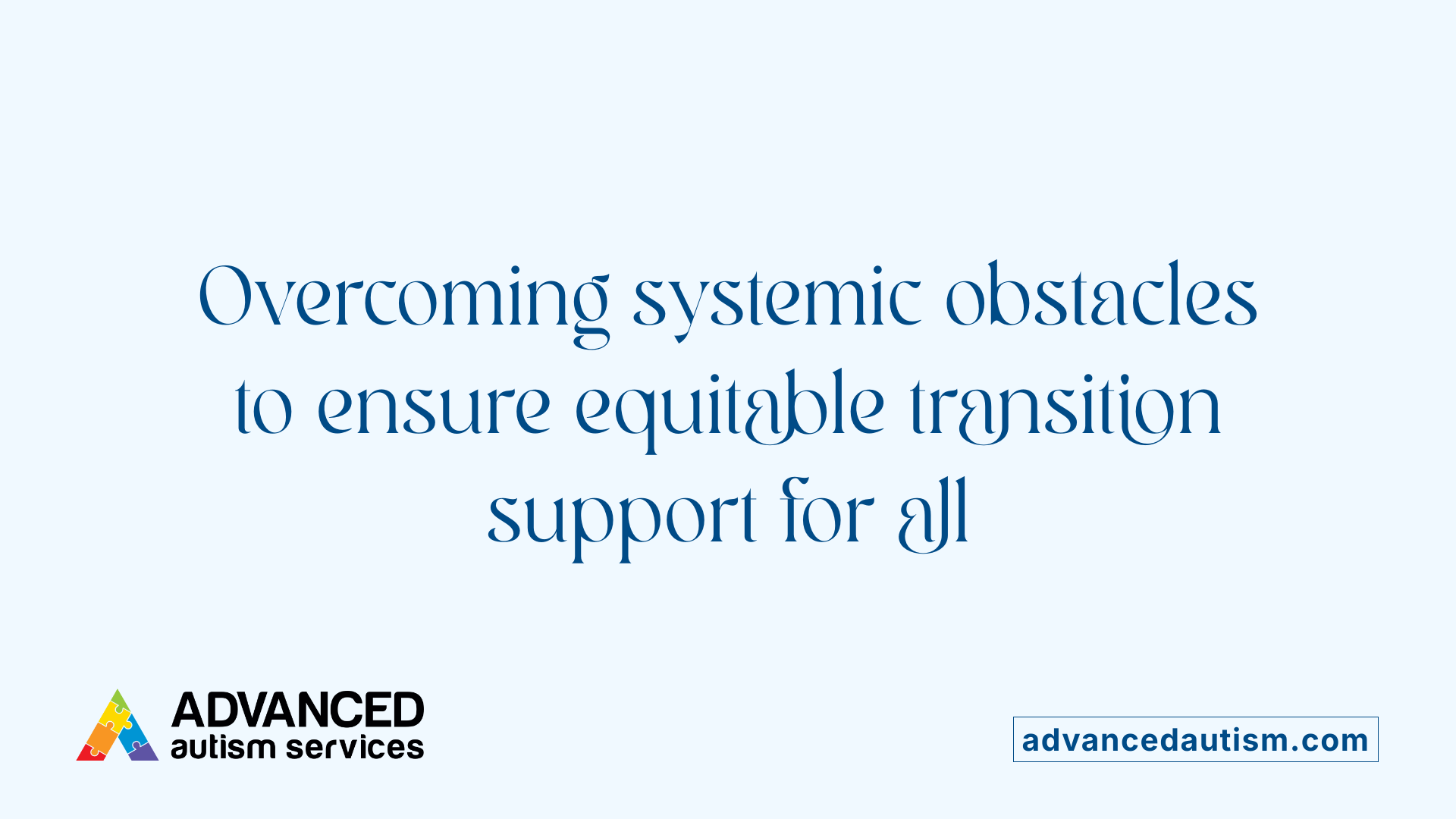
What challenges do adults with autism face during the transition to independence?
Adults with autism encounter numerous hurdles when moving into independent living and employment. Many face delays in diagnosis and accessing services, with long waitlists and limited resources available once they leave the school system.
Support often diminishes sharply after high school, leaving many without vital vocational training, social opportunities, or life skills development programs. This reduction in support services can make it difficult for autistic adults to secure employment, establish stable housing, or participate actively in community life.
Caregivers frequently feel overwhelmed and frustrated. They contend with bureaucratic barriers, lack of transparency, and gaps in adult healthcare and social services, which make advocating for their loved ones challenging and stressful.
Disparities rooted in geographic location and socioeconomic status further complicate successful transitions. Families in under-resourced areas or those with limited financial means often experience fewer opportunities and longer waits for essential services.
To address these persistent issues, stakeholders underscore the importance of systemic reform. This includes promoting inclusive, culturally sensitive research to better understand diverse needs and barriers.
Furthermore, there is an urgent call for reforms in guardianship procedures to make legal support more appropriate and less burdensome for adults with autism. Advocates emphasize the necessity of integrated, person-centered systems designed to improve access to healthcare, employment, and community integration.
Efforts are focused on transforming existing support frameworks, fostering community-based solutions, and ensuring equitable, timely access to services that empower autistic adults to achieve independence and improve quality of life.
The Impact of Specialized Programs and Resources
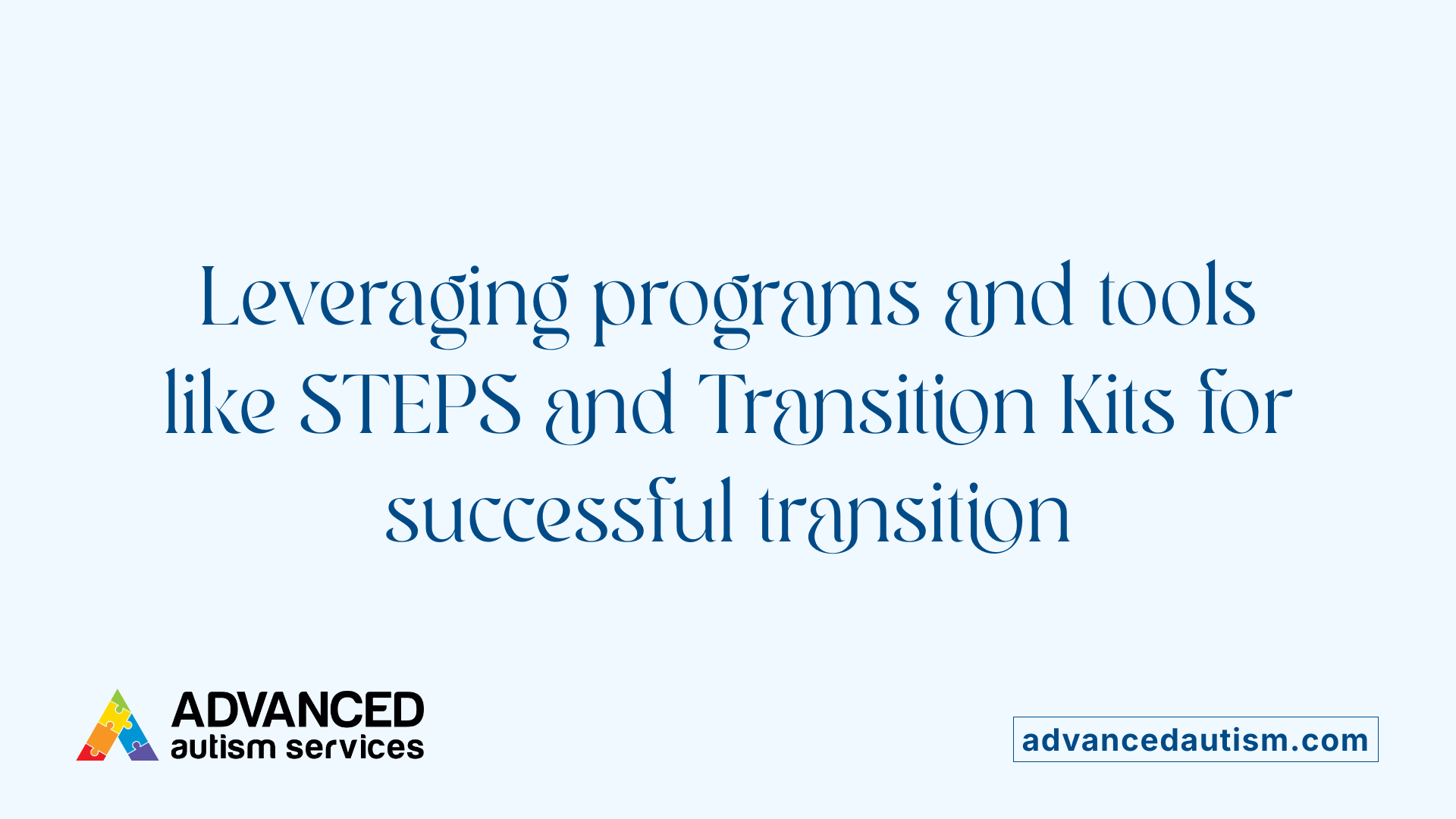 Various evidence-based programs and extensive resources are available to support autistic youth and young adults during their transition to adulthood.
Various evidence-based programs and extensive resources are available to support autistic youth and young adults during their transition to adulthood.
One notable example is the STEPS program, which has demonstrated positive outcomes in improving transition readiness and college adjustment for students with ASD. Randomized controlled trials have shown that STEPS enhances self-determination and self-regulation, critical skills for navigating adulthood.
Beyond specific programs, a wide array of comprehensive tools and guides assist families and professionals. Resources such as the Transition Tool Kit, Community-Based Skills Assessment, and IEP Transition Plans offer practical frameworks for planning and developing skills necessary for independent living, employment, and community participation. These tools are designed to start early, ideally from ages 12 to 14, and provide ongoing support through high school and beyond.
Success stories highlight the impact of early, tailored planning. For instance, programs like Project SEARCH facilitate real workplace experiences, boosting employment prospects. Students engaging in structured therapy and social skills training learn to better handle social interactions and develop independence, which are critical for college and job success.
Research also plays a vital role. Studies from universities and organizations specializing in autism continuously inform best practices. They investigate factors influencing transition outcomes, identify barriers faced by marginalized groups, and evaluate the effectiveness of interventions. This research supports the development of inclusive, adaptive programs and policies that meet diverse needs.
In sum, a combination of targeted programs like STEPS, practical resources, successful intervention models, and ongoing research creates a robust framework to guide autistic individuals and their families through the transition to adult life, fostering greater independence and community integration.
Building a Supportive Environment for Transition Success
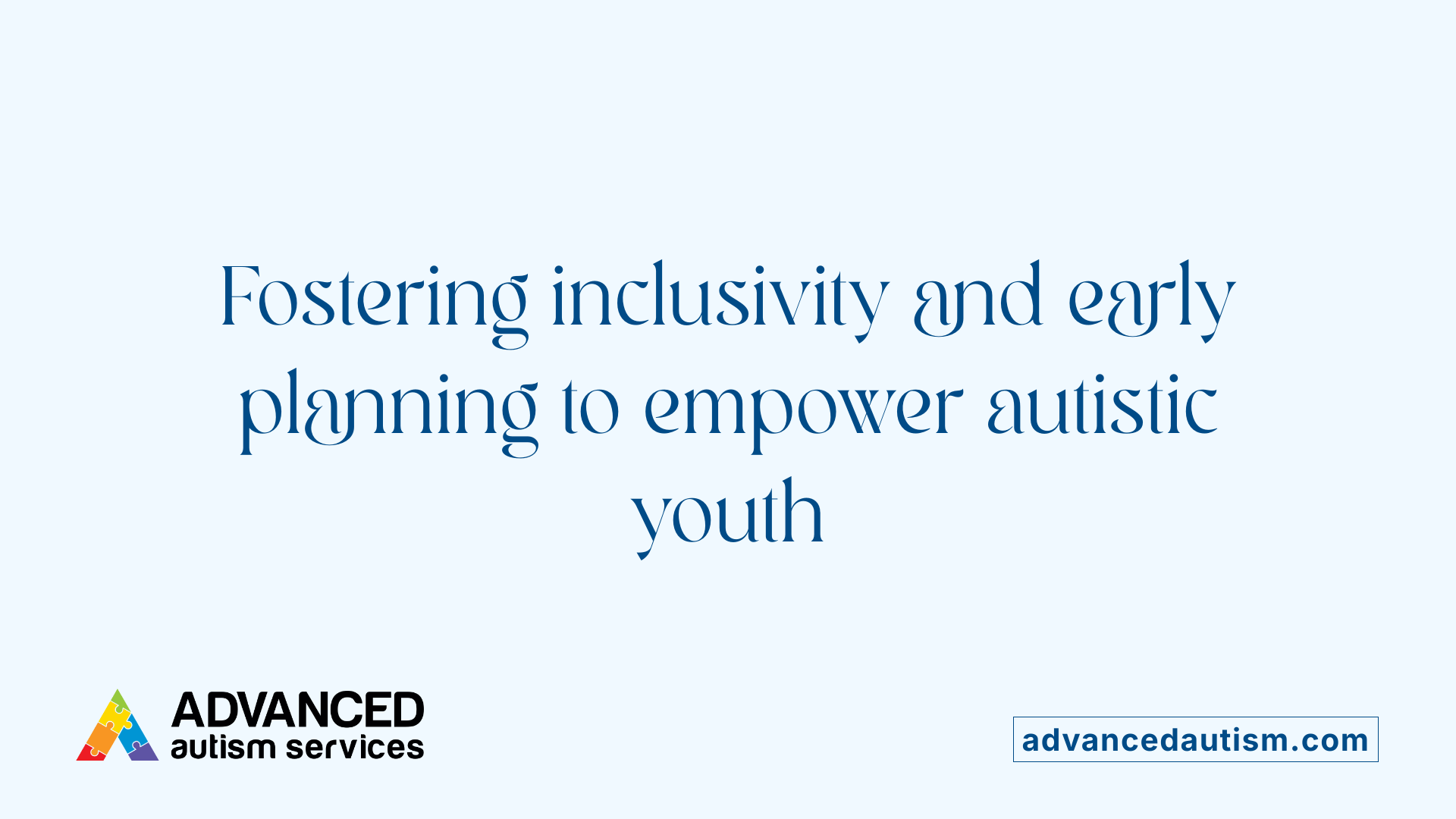
What are effective strategies for supporting autistic individuals during their transition to adulthood?
Supporting autistic individuals through this pivotal phase involves early and personalized planning tailored to their unique strengths and challenges. This approach should begin well before age 14 and continue through adulthood, emphasizing the development of essential life skills such as self-determination, self-regulation, and independence.
Programs like STEPS demonstrate the positive impact of targeted interventions that enhance transition readiness and college adjustment. Incorporating peer mentors, role models, and navigation support can foster social engagement, motivation, and confidence. Ensuring access to inclusive healthcare, education, and employment services, while addressing disparities through advocacy and policy change, is vital.
Community-based instruction, supported employment programs, and comprehensive transition plans are tools to build a more inclusive environment. Ongoing research and assessment help refine approaches, making systems more adaptable to diverse needs. Engaging families and the individuals themselves in decision-making ensures that services are relevant and effective.
Creating an environment that encourages societal acceptance and understanding, alongside systemic support, is fundamental. When communities, educators, and families collaborate—advocating for policy reforms, inclusive practices, and accessible resources—autistic young adults are more likely to transition successfully into independent and fulfilling adult lives.
Moving Forward: Building Bridges to Independence
Supporting children with advanced autism during their transition to adulthood is a multifaceted endeavor requiring early planning, personalized supports, systemic reforms, and community engagement. Programs like STEPS demonstrate that evidence-based interventions can significantly enhance transition readiness and adult adjustment. Equally important are comprehensive resources, collaboration among stakeholders, and policy reforms that address systemic barriers. By focusing on individual strengths, fostering independence, and creating inclusive environments, society can empower autistic youth to navigate adulthood successfully. Continued investment in research, training, and tailored services will be essential in transforming challenges into opportunities, ensuring that every autistic young person can achieve their full potential in adult life.
References
- Improving Transition to Adulthood for Students with Autism
- Transition to Adulthood | Autism Speaks
- Challenges and Opportunities in Transitioning Autistic Individuals ...
- Opportunities for Inclusion and Engagement in the Transition of ...
- Addressing Transition to Adulthood With Autistic Teens and Their ...
- Helping Families with Disabilities Transition from Child to Adult ...
- Coming of Age: What Awaits Young Adults With Autism?
- How to Help Your Child with Autism Transition to Adulthood - IBCCES
- Autism & the Transition to Adulthood - Brookes Publishing



